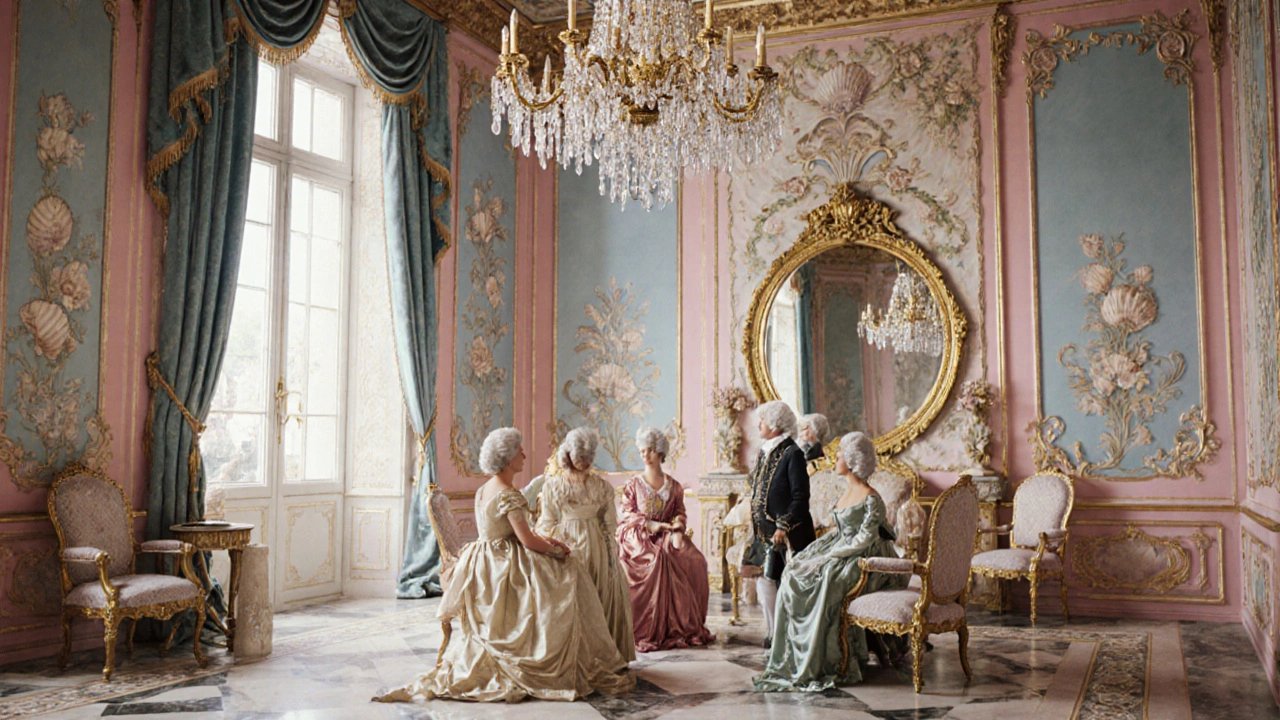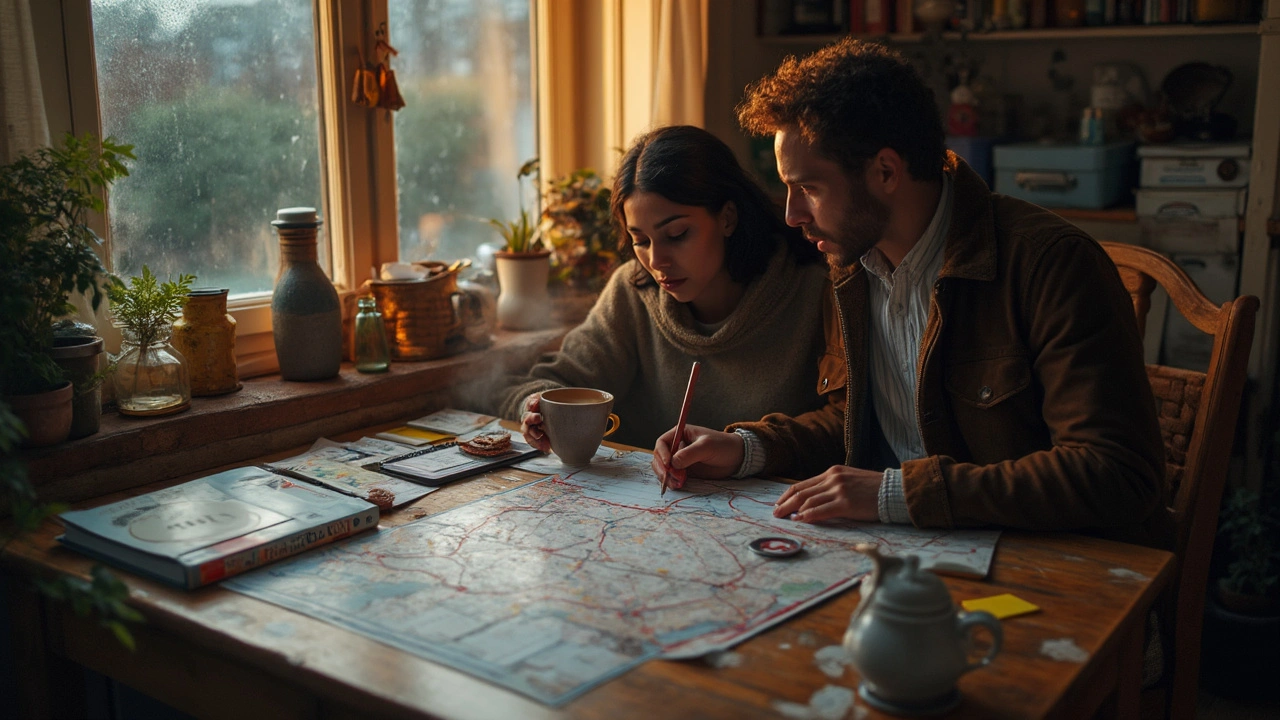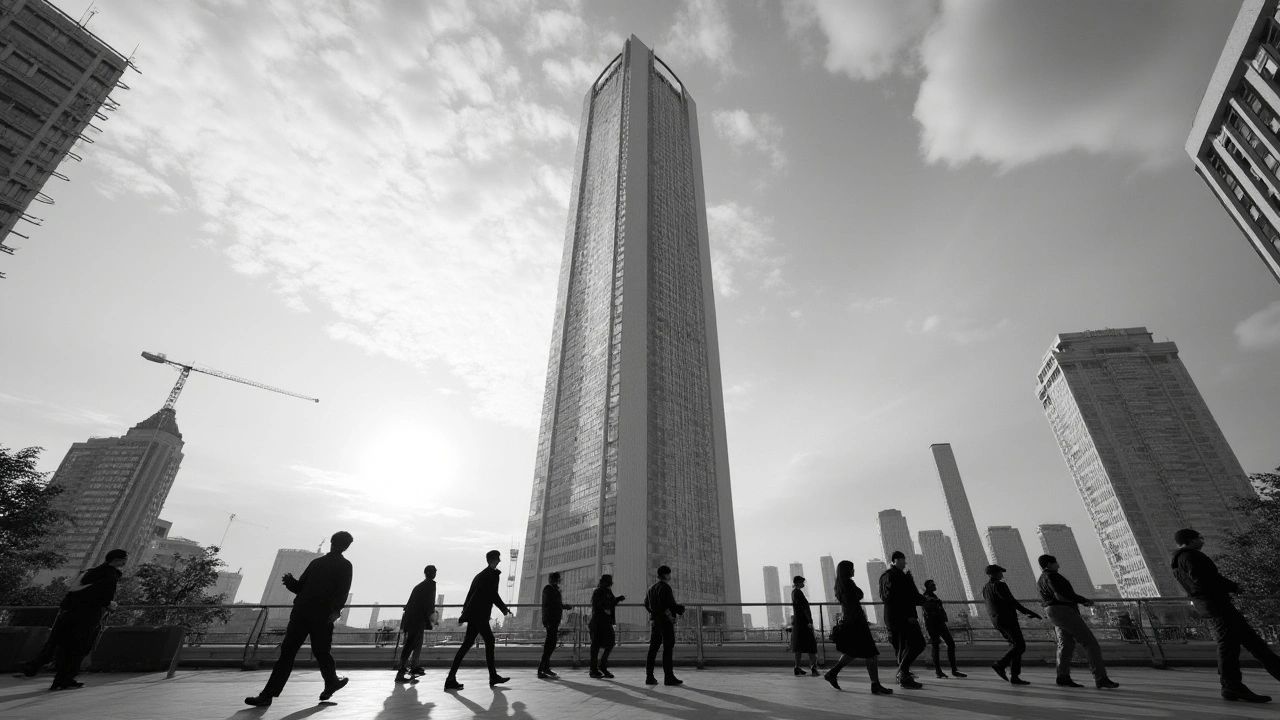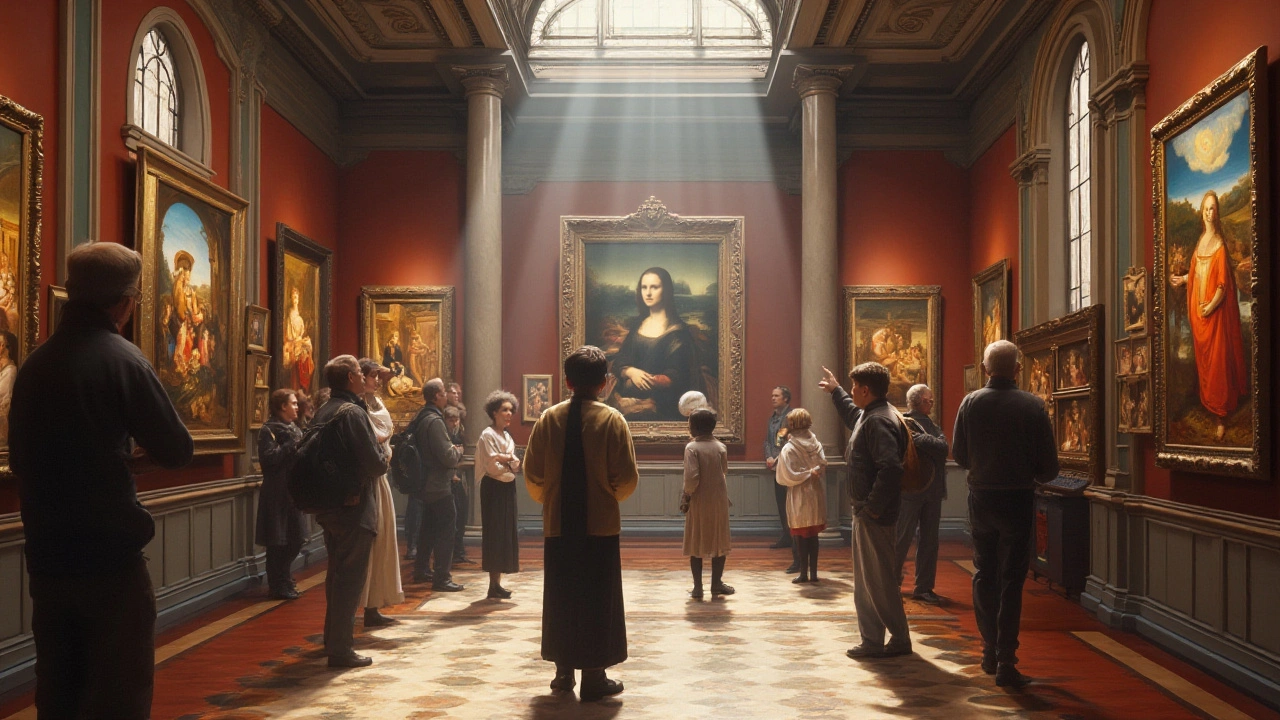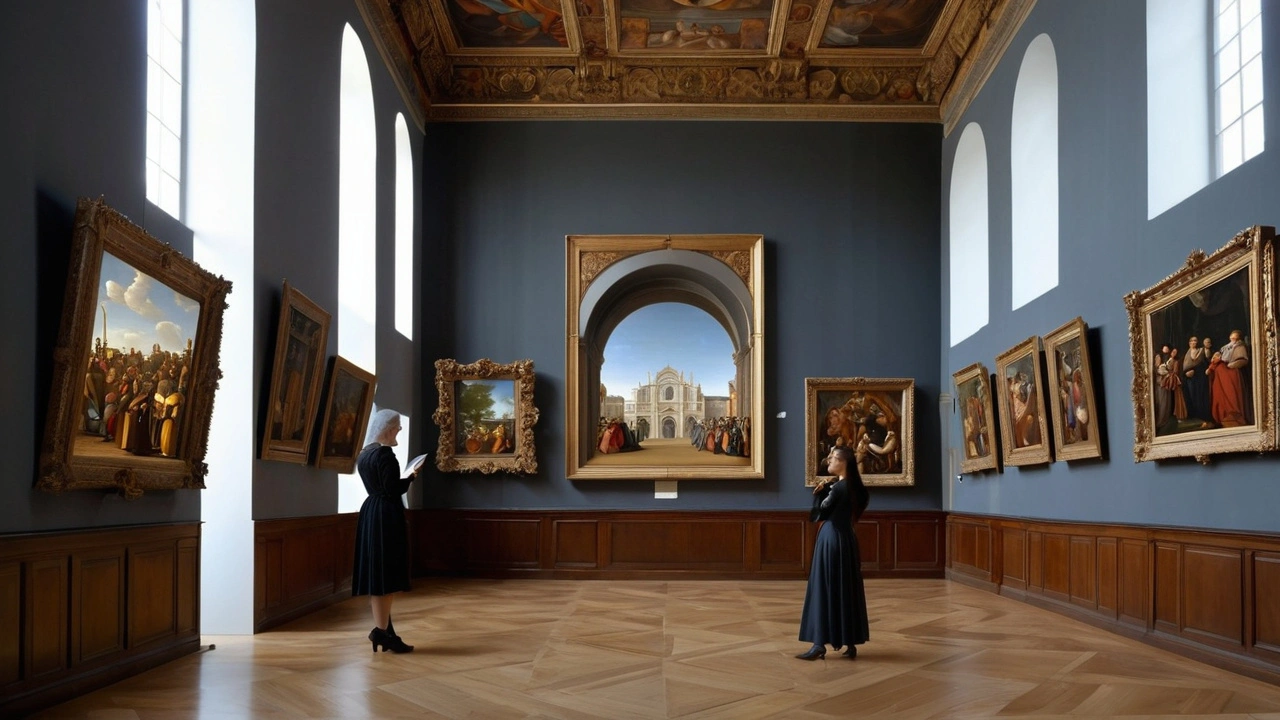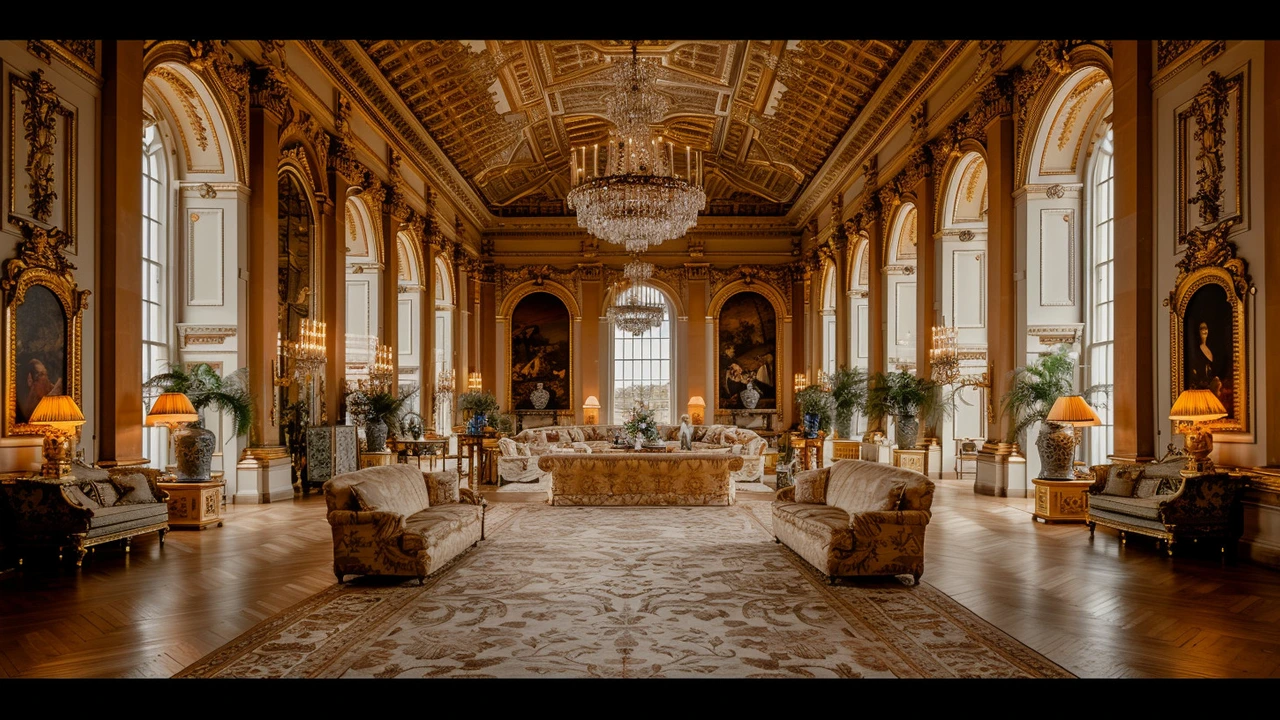Rococo was the playful, ornate art movement of 18th-century Europe that celebrated elegance, intimacy, and luxury. Known for pastels, gold, and curved forms, it defined aristocratic life before the revolution changed everything.
Art and Culture: How to Read Style in Buildings and Art
Art and culture show up everywhere — in paintings, facades, furniture, and the way cities feel. Want a quick way to spot what you’re looking at and why it matters? This guide helps you recognize major styles and understand what makes each one tick. No jargon, just clear tips you can use on the street or in a museum.
Quick style ID guide
Renaissance: Look for balance, clear perspective, and human figures with calm poses. Architects used columns, domes, and symmetry to echo ancient Rome. If a church or palace feels orderly and calm, it’s often showing Renaissance roots.
Baroque: Think drama. Baroque buildings and paintings use strong contrasts of light and dark, grand curves, and rich decoration. If a space makes you feel overwhelmed in a good way—big staircases, carved details, theatrical lighting—you’re probably in Baroque territory.
Rococo: Smaller scale than Baroque and more playful. Rococo loves pastels, curvy lines, and tiny decorative motifs—shells, ribbons, and flowers. You’ll see it in elegant interiors, mirrors, and furniture where decoration feels light and flirtatious.
International Style: Clean, simple, and practical. This style strips away ornament and focuses on volume, flat surfaces, and industrial materials like steel and glass. If a building looks like a tidy machine for living or working, that’s the clue.
Neo‑Futurism: Newer and often experimental. Neo‑Futurism mixes advanced tech, unusual shapes, and sustainable ideas. Look for bold curves, integrated lighting, and materials used in unexpected ways—architecture that looks like it belongs to tomorrow.
Quick tips for appreciating art and architecture
1) Start with one detail: a window, a column, a painted gesture. That detail often reveals the whole style. 2) Compare old and new: put a Renaissance painting next to a Neo‑Futurist rendering and notice how purpose, materials, and audience change. 3) Ask why: Was this built to show power, comfort, play, or progress? The why tells you a lot about culture at the time.
Want examples to look up? Find Renaissance frescoes, Baroque churches, Rococo salons, International Style houses, and recent Neo‑Futurist landmarks online or in city guides. If you’re traveling, choose one building a day and focus on its details—light, shape, and decoration. You’ll start spotting patterns fast.
Art and culture aren’t just history; they shape how we live now. Knowing a few clear markers helps you see the story behind a building or painting, and makes visiting a museum or walking a city more interesting. Try it today—pick one style from this page and study it for ten minutes. You’ll notice something new immediately.
Explore the rise of Rococo, its playful aesthetics, key artists, architectural highlights, and lasting influence on modern design in this in‑depth guide.
Explore the rise and fall of Rococo, the playful French art style of the 18th century, its key artists, signature elements, and lasting impact on design.
Plan the perfect Renaissance art trip: 10 essential cities, what to see in each, ticket tips, best times, and smart routes across Italy, Paris, and London.
Neo-Futurism is shaping the landscape of contemporary art by blending futuristic aesthetics with visionary design. This art movement challenges traditional forms, embracing bold architecture and technology to reflect a harmonious future. It's a journey that compels artists and architects to imagine an innovative world while addressing environmental and social concerns. Delve into how Neo-Futurism is influencing today's artistic creations and the dynamic interplay between structure and imagination.
The International Style in art and architecture marked a significant shift in design philosophy during the 20th century. By focusing on simplicity, volume, and the absence of ornamentation, it transcended borders to become a universal language in the creative world. This article delves into its evolution, key characteristics, and notable examples globally, offering insight into how it shapes modern aesthetics.
Renaissance Art offers a fascinating view into a time when creativity flourished and boundaries were pushed. This article delves into the key aspects of the Renaissance period, highlighting the significant artists, artistic techniques, and cultural influences that shaped this extraordinary era. Learn about the impact of Renaissance art on modern times and discover tips for appreciating these historical masterpieces.
This article delves into the rich symbolism found in Renaissance paintings, uncovering the hidden meanings behind various elements and motifs. By identifying and interpreting these symbols, readers can gain a deeper appreciation for this artistic period. Key examples and practical tips are provided to help readers recognize and understand the common themes found in Renaissance art.
Rococo is an 18th-century art movement known for its ornate and romantic style, breaking away from the rigid forms of the previous Baroque era. This article explores its origins, characteristics, key artists, and its lasting impact on the art world. Discover how Rococo's emphasis on creativity and decoration influenced not just painting but also architecture, sculpture, and interior design.
Dive into the ornate world of Baroque architecture, a style known for its dramatic use of form, light, and shadow. This article explores the origins of Baroque design in 17th-century Europe and its sprawling influence across the globe. Discover the key characteristics that define Baroque buildings, from their lavish decorations to the intricate play of volume and space. Learn about iconic Baroque landmarks and the masterminds behind them, and gain insights on how to experience the grandeur of Baroque architecture today. Whether you're an art enthusiast or a curious traveler, this guide serves as your comprehensive portal to understanding and appreciating the richness of Baroque architecture.



